Donation Acceptance Letter Template for Your Organization
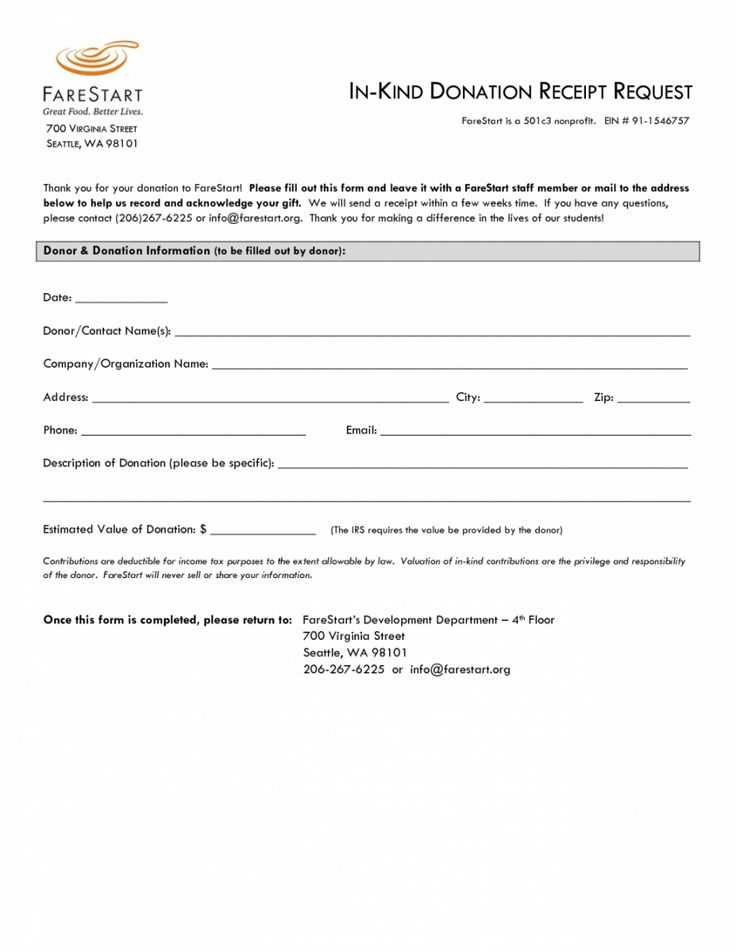
In every organization, it is crucial to acknowledge the generosity of those who provide financial support. By expressing gratitude and demonstrating appreciation, organizations can foster stronger connections with their supporters. Properly crafted messages can enhance donor relationships and encourage continued involvement.
Effective communication is the key to making supporters feel valued. A well-written response serves not only as a token of thanks but also as a professional acknowledgment of their contribution. Such practices create a lasting impression, reinforcing the idea that their actions truly make a difference.
While every message will vary based on the situation, there are common elements that should be included to ensure clarity and sincerity. Crafting these responses thoughtfully can go a long way in maintaining positive and ongoing relationships with donors.
Why Use a Donation Acceptance Letter
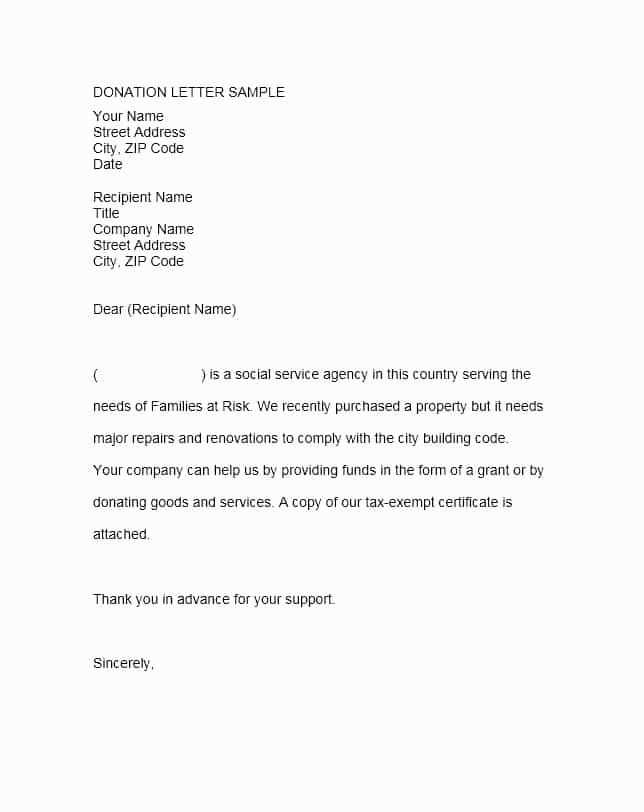
Acknowledging contributions plays an essential role in maintaining positive relationships with those who support your cause. A formal response provides a clear, professional way to show appreciation and highlight the importance of the individual’s support. This gesture not only reinforces the bond but also ensures that the giver feels valued.
Such communications serve as an official record of the gift, which is important for both the donor and the organization. By offering a well-structured response, you help the donor understand the impact of their involvement and reassure them that their generosity is recognized and appreciated.
Furthermore, a carefully crafted message can help build trust and confidence in your organization. It demonstrates accountability and transparency, which are crucial for fostering long-term partnerships and encouraging future contributions.
Key Elements of a Donation Acknowledgement
When expressing gratitude for a gift, certain components are essential to ensure that the communication is both professional and heartfelt. These elements help convey appreciation clearly while also providing necessary details for future reference. A well-crafted response should include all the relevant information to avoid any confusion and strengthen the relationship between the giver and the recipient.
Details of the Contribution
One of the primary aspects to include is the specifics of the contribution, such as the amount or nature of the gift. Including these details not only clarifies the scope of the support but also acknowledges the donor’s generosity. This transparency ensures that both parties have a clear understanding of the transaction.
Personalized Gratitude
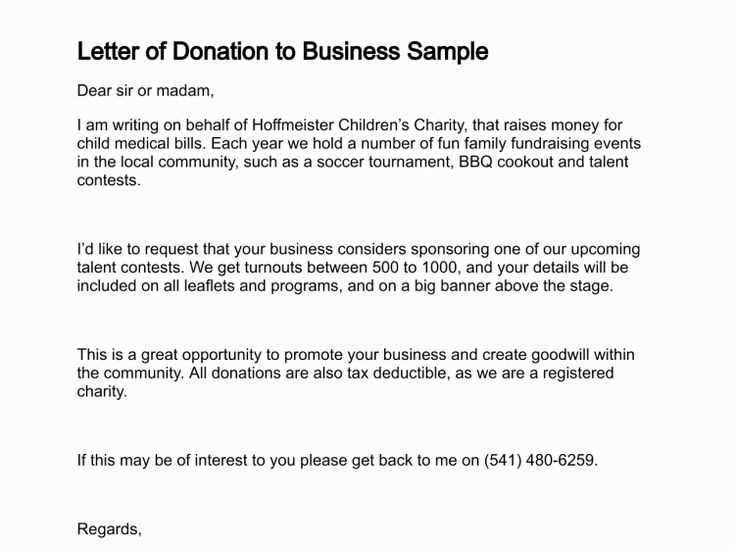
Another vital element is the expression of sincere thanks. A personalized note that reflects the significance of the gift can go a long way in making the donor feel valued. A simple acknowledgment of how the support will be used, or how it contributes to the cause, can deepen the connection and encourage continued involvement.
How to Customize Your Letter Template
Customizing your response is key to making it personal and relevant to the specific contribution received. By adapting the message to fit the nature of the gift and the donor, you can create a more meaningful connection. Tailoring the content allows you to highlight the impact of the support while reflecting the unique relationship between your organization and the giver.
Personalization Tips
Here are a few tips for personalizing your message:
- Address the donor by their name to create a personal touch.
- Reference the specific gift to show you value the individual contribution.
- Mention how the support will directly benefit your cause or project.
Formatting and Style Adjustments
The tone and style of the message are also crucial. Consider adjusting the language to match the nature of the donor’s involvement:
- For long-time supporters, a more formal and detailed approach may be appropriate.
- For one-time or smaller gifts, a short and heartfelt thank you can be sufficient.
Remember, a well-customized message can significantly strengthen your relationship and encourage further involvement in the future.
Best Practices for Writing Donation Letters
Crafting an effective response is essential in ensuring that the message is not only appreciated but also strengthens the bond between your organization and the supporter. By following certain guidelines, you can ensure that your communication is clear, sincere, and impactful. This can lead to long-lasting relationships and continued engagement.
Be Clear and Concise: It is important to convey the necessary information in a direct and understandable manner. Avoid unnecessary complexity and focus on expressing gratitude clearly.
Maintain a Personal Touch: Personalization is key to making your message stand out. Acknowledge the specific contribution and reflect on how it helps your organization. This shows the donor that their support has a real impact.
Express Sincere Gratitude: Donors should always feel that their contribution is valued. Expressing genuine thanks is vital for fostering goodwill and encouraging future support. Make sure your tone is warm and appreciative.
Proofread and Review: Before sending any message, take the time to carefully review the text. Check for any spelling or grammatical errors, as a polished response reflects professionalism and respect for the recipient.
Importance of Timely Acknowledgement
Sending a response in a timely manner is a crucial aspect of maintaining a strong relationship with contributors. A prompt acknowledgment shows that you value their support and reinforces the importance of their involvement. Delayed recognition may result in donors feeling overlooked or undervalued.
Here are a few reasons why quick acknowledgment is vital:
- Shows appreciation: Responding swiftly expresses immediate gratitude for their generosity.
- Builds trust: A prompt reply helps establish a reputation for reliability and professionalism.
- Encourages future support: Timely communication can motivate donors to continue their contributions or increase their involvement.
In order to maintain positive relations, aim to send your message as soon as possible, ideally within 24 to 48 hours. This demonstrates your commitment to transparency and respect for the donor’s generosity.
Common Mistakes to Avoid in Letters
When crafting a response, certain errors can undermine the effectiveness of your communication. Whether it’s a lack of personalization, incorrect details, or poor tone, these missteps can leave a negative impression on your recipient. Being aware of these pitfalls will help you ensure that your message is always well-received and appreciated.
Key Mistakes to Watch Out For
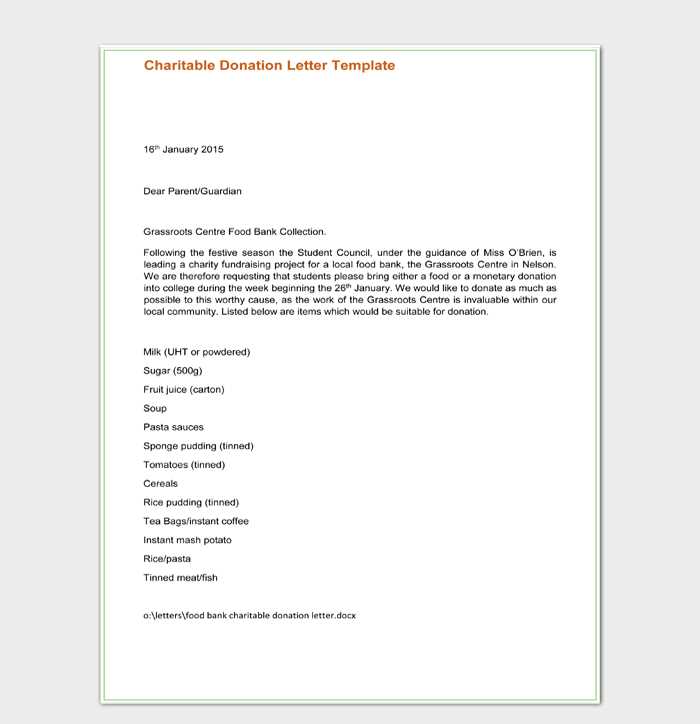
| Mistake | Why It’s a Problem | How to Avoid It |
|---|---|---|
| Generic Language | Using impersonal phrases makes the message feel less sincere. | Include specific details about the gift and its impact on your cause. |
| Delayed Response | Waiting too long to reply may make the donor feel unappreciated. | Acknowledge contributions within 24-48 hours to show respect for the giver. |
| Incorrect Information | Errors in the donor’s name, gift details, or other facts can cause confusion. | Double-check all details before sending the message to ensure accuracy. |
Maintaining a Professional Tone
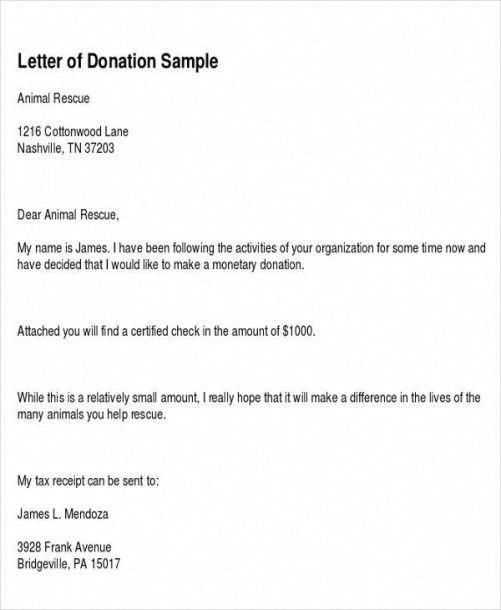
Another common mistake is using an overly casual or inappropriate tone. While a friendly approach is important, ensure your language remains respectful and professional. Avoid using slang or informal expressions that could detract from the seriousness of the acknowledgment.